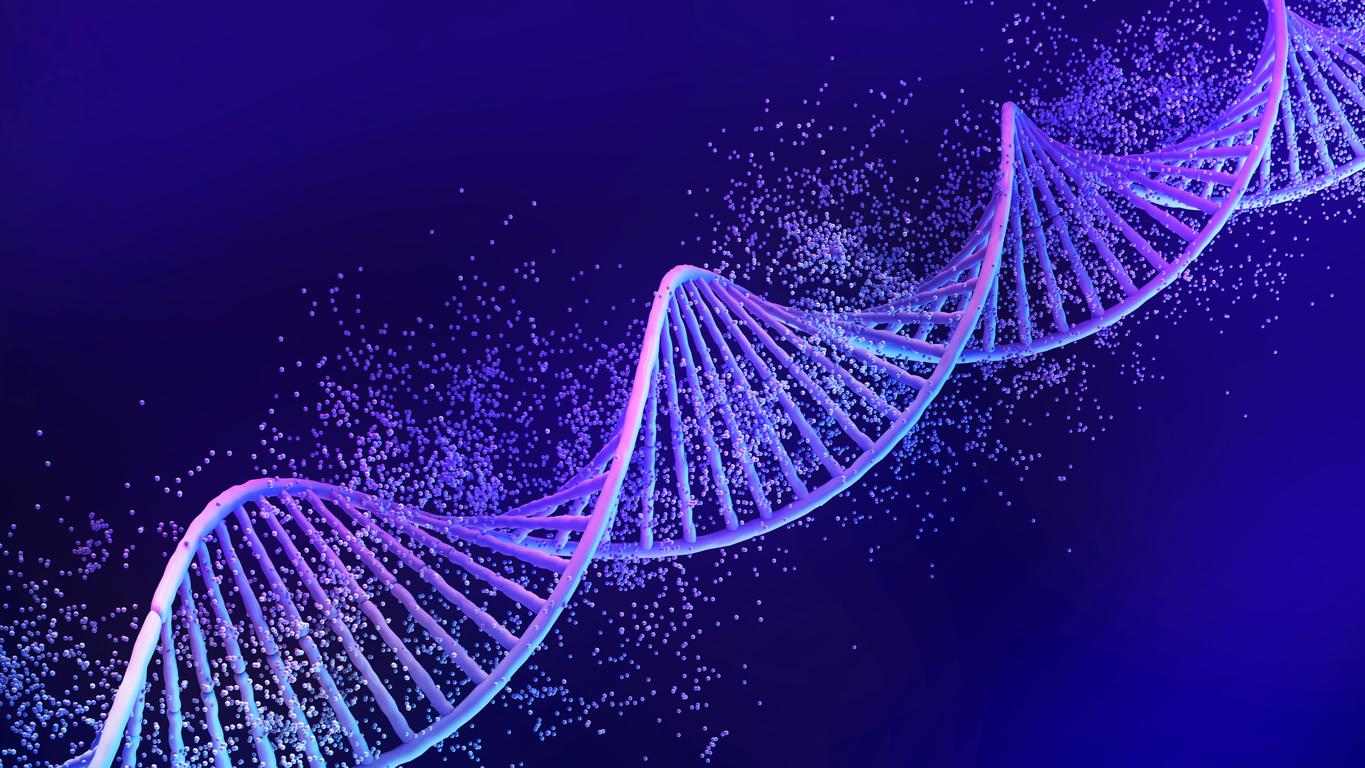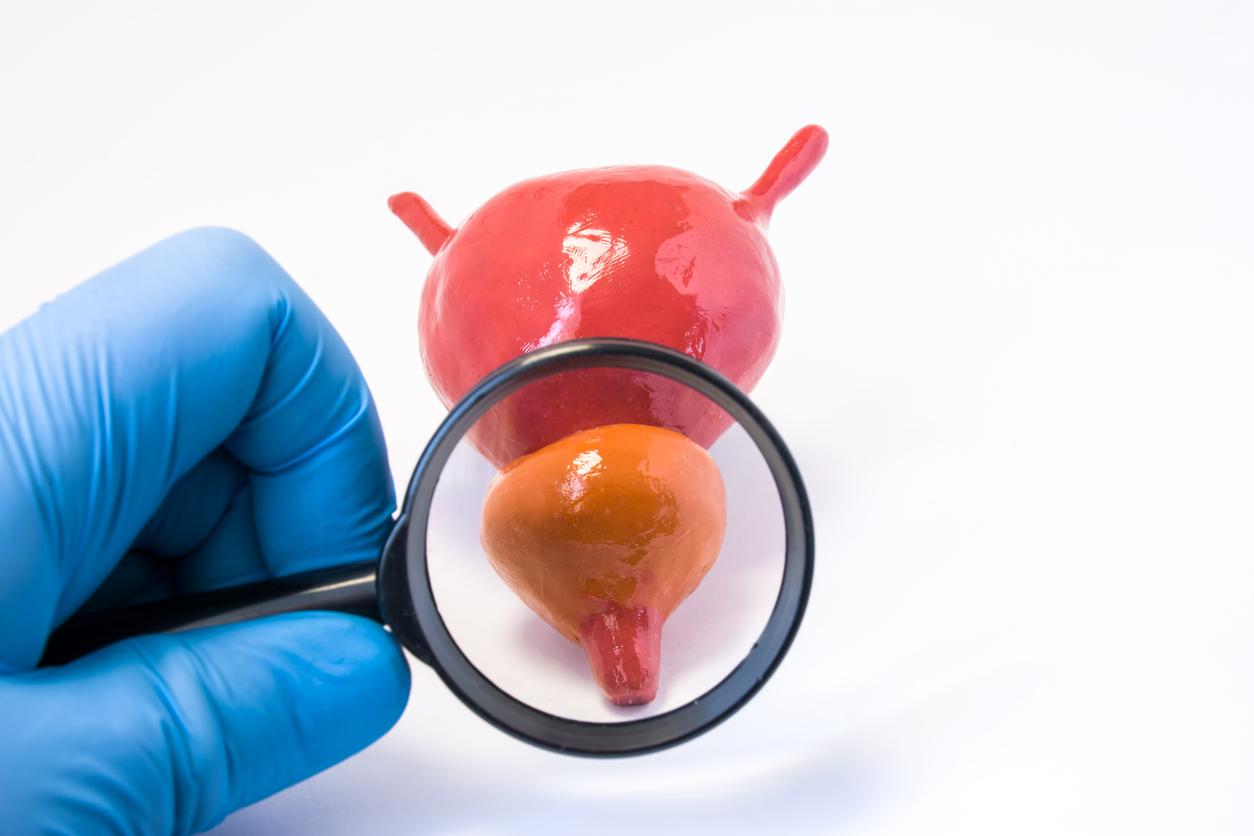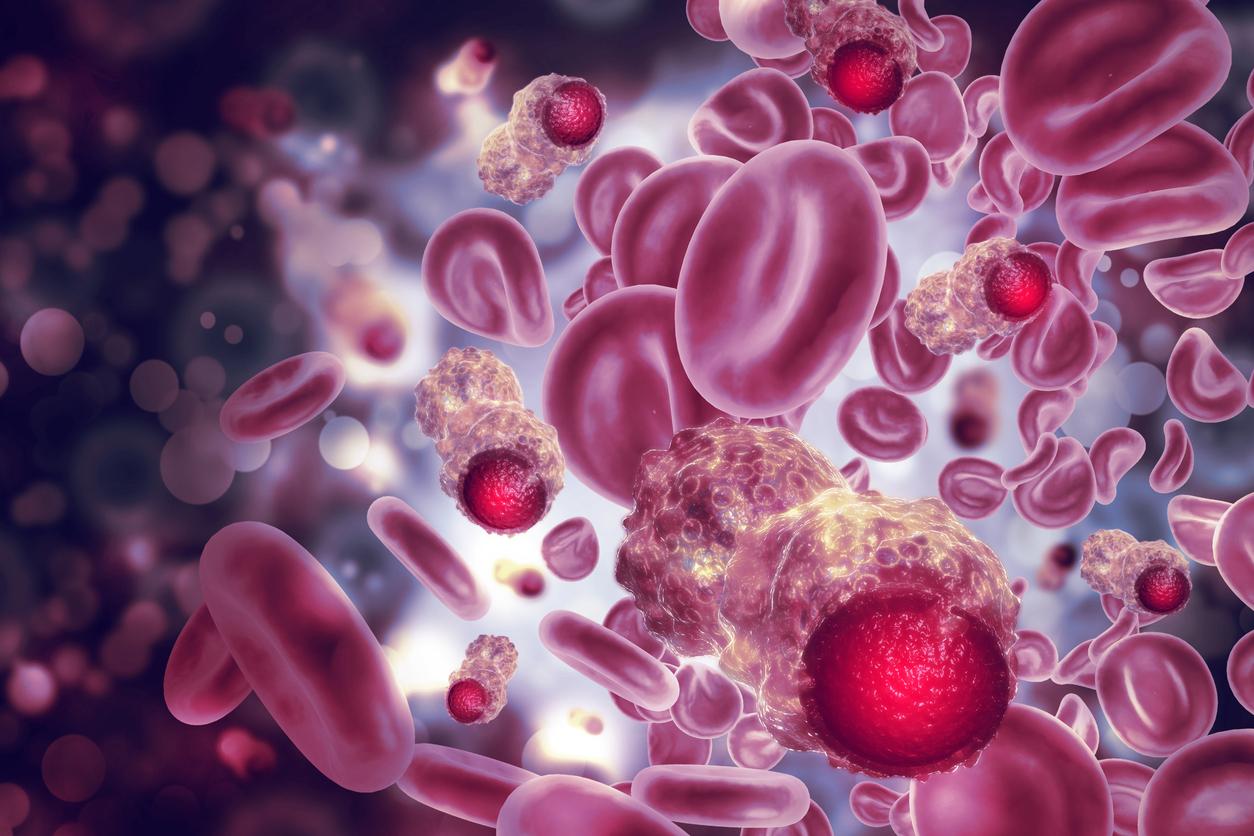The use of CRISPR-CaS9 “genetic scissors” will make it possible in the near future to correct or eliminate genetic disorders responsible for diseases. A system developed by the American Jennifer Doudna and the Frenchwoman Emmanuelle Charpentier, who have just been awarded the Nobel Prize in Chemistry for this work.

This system is called the “Swiss army knife of genome editing”. Beyond a tool with multiple applications, it is a revolution in genetics represented by the development in 2012 of CRISPR-CaS9 by two researchers, the American Jennifer Doudna and the Frenchwoman Emmanuelle Charpentier who come from be awarded the Nobel Prize in Chemistry for this work. Treatment of genetic diseases, dmental and hematological conditions and of course cancers, organ transplants but also animal and plant biology, all areas in which CRISPR-CaS9, also called “genetic scissors” quite simply makes it possible to “rewrite the code of life”.
Like a “copy-paste”
This system makes it possible to modify a segment of DNA to replace it, as in a copy-paste, by a modified segment. In concrete terms, in a person suffering from a disease linked to a defective gene, CRISPR-CaS9 makes it possible to render this gene inactive or to introduce a correctly functioning gene in its place. It may seem simple, but achieving such a result required more than 25 years of research! “From the beginning of the 2000s, we already knew how to modify DNArecalled in the “Santé 2030” program on the prospective work carried out by the LEEM (the pharmaceutical industry union) Carine Giovannangeli, research director at the CNRS, but it was quite laborious, not very targeted and not very effective.”
CRISPR-CaS9 provided the answers to these shortcomings through a two-faceted system: an RNA, CRISPR, acts as a kind of GPS to position itself on the part of DNA that we want to modify. This is where CaS9, a protein, comes in to break or modify this DNA. Then, it is the cell targeted by this manipulation that “repairs” itself through a process triggered by the breaking of DNA.
An adventure that continues
Compared to previous systems, the CRISPR-CaS9 “molecular scissors” thus provide greater precision and efficiency. But the adventure is not over. Although this tool is now used in thousands of laboratories, it still has some limitations. “The positioning of CRISPR on the DNA makes it more precise, but it is possible that it is placed on other sequences which have similarities with the targeted sequence”explains Carine Giovannangeli.
In other words, the desired effect could occur elsewhere than where it is expected with serious consequences. Sf we know how to target a specific gene with CRIPR-Cas9, we do not know if its use on this target could not lead to other unwanted modifications in other places of the genome, what are called “outside” modifications. target”. This is what happened in 2015 when a team of Chinese geneticists modified human embryos to delete the gene for a blood disease. And moreover, sIf the operation of breaking/deactivating or replacing the sequence is better controlled, the repair of the cell that it causes takes place without the slightest possibility of control.
Ethical precautions
The other limit to the use of CRISPR-CaS9 is quite simply ethical: modifying the genome of human cells opens the door to all imaginable genetic manipulations! This is the reason why, apart from a few clinical trials, this system cannot yet be legally used on humans and that we will have to wait for legislative developments capable of preventing abuses of its applications for CRISPR- CaS9 becomes a real therapeutic tool.
But un once these limits have been exceeded, scientists agree that we should see human applications appear within a few years. They indeed offer prospects such as the removal of cells, their extra-corporeal modification and their reintegration into the body to prevent or correct the genetic disorders which are at the origin of certain diseases or to better evaluate treatments.
Find below the program “Health 2030” on the genetic scissors CRISPR-CaS9:
.















